INTRODUCTION
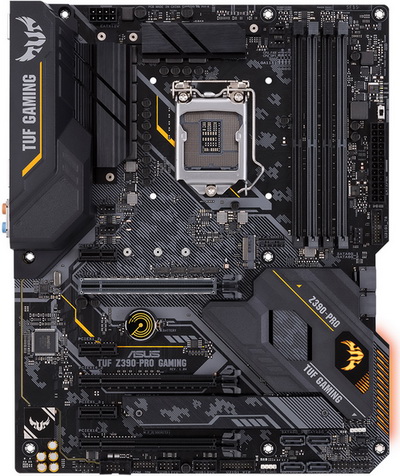
With the Intel Z490 chipset based motherboards finally debuting in the market any day now (if all goes as planned that is) it's important to remember that cost will probably be quite higher compared to Z390 based motherboards (same goes for LGA 1151 and 1200 socket CPUs) so the latter may continue to be a favourite among consumers. On top of that there's always the possibility that early Z490 models may have bugs which will require time to get shorted out via both software and firmware updates so with that in mind Z390 models may hold their ground even longer. So, since there's no specific date for the availability of both the Z490 motherboards and the LGA 1200 socket CPUs today I’ll be testing yet another Z390 chipset motherboard, the ASUS TUF Z390-Pro Gaming.
For years since its establishment, ASUS aimed to put an ever-greater emphasis on PC gaming. This process resulted in the 2006 founding of the Republic of Gamers brand (ROG), formed for the sole purpose of delivering the most innovative hardcore hardware for truly dedicated gamers. Since then, the efforts of the ROG team have led to a constant flow of PC gaming technology that has become legendary among enthusiasts for its performance. ROG is more than just hardware, though – we take an active part in the global gaming community, helping develop the industry by sponsoring events such as PAX and Dreamhack. Worldwide media have recognized ROG as a leader in PC gaming and overclocking performance, with many of our products winning awards and gaining very positive feedback from hardware pros. With this great response from gamers and the industry, ROG has all the resources it needs to keep working on enabling even better experiences – technology never sleeps, nor should the action!
The TUF (The Ultimate Force Gaming Alliance) Z390-Pro Gaming by ASUS is a low/mid-end motherboard based on the Intel Z390 chipset which was released in the market in late 2018 and has enjoyed quite high popularity levels ever since, primarily in the gaming community. This specific model features a 10-phase digital design, three full-length PCIe 3.0 slots (x16/x8/x4 - only the top one is reinforced however), three PCIe 3.0 x1 slots, four DDR4 RAM slots (support up to 128GB running at 4266MHz), two M.2 slots (PCIe 3.0 x4 - the bottom slot also features a heatspreader), six SATA 6Gb/s ports (with support for RAID 0/1/5/10), Realtek S1200A 8-channel HD audio card (with Japanese audio capacitors), Intel I219V Gigabit LAN (with cFosSpeed traffic-shaping) and Aura Sync compatibility (single LED zone with 2 RGB headers). In terms of available rear connectors the TUF Z390-Pro Gaming features two USB 3.1 Gen2 Type-A ports, four USB 3.0 Type-A ports, HDMI v1.4b output, DisplayPort v1.2 output, PS/2 keyboard/mouse combo port and of course the RJ45 port courtesy of the Intel I219V Gigabit LAN and the 3.5mm and S/PDIF outputs courtesy of the Realtek S1200A audio card.
SPECIFICATIONS AND FEATURES

PACKAGING AND CONTENTS
The TUF color theme along with the motherboard name and main features are present at the front of the box.
A small sticker located on the base of the box includes the serial and part numbers and several barcodes.
Two product pictures located at the rear of the box are used to showcase the features and specifications of the motherboard.
The motherboard is wrapped inside a static-free bag and placed inside a piece of cardboard.
In terms of bundle ASUS has done a very good job so along with the TUF Z390-Pro Gaming you'll also get the rear I/O shield, software CD, SLI bridge, two SATA cables (one is angled), bag with M.2 screws, 5 stickers, quick connector (for case cables), 20% CableMod discount coupon, TUF certification cards, warranty information paper and the user manual.
THE TUF Z390-PRO GAMING
The TUF Z390-Pro Gaming is a full sized ATX motherboard painted black, yellow and silver.
Two heatsinks are located just over the digital phases on the top left of the motherboard while another heatsink is placed on the lower right just over the Z390 chipset (these are not connected however - an RGB LED is located on the right of the lower heatsink).
ASUS may not have used reinforced DDR4 RAM slots but these can hold up to 128GB with speeds all the way up to 4266MHz.
Moving to the PCIe 3.0 slots we see that just the top x16 slot is reinforced.
The first M.2 slot is located just under the CPU socket and can accommodate 2242/2260/2280 long drives whereas the second M.2 slot is located on the lower left, can accommodate M.2 2242/2260/2280/22110 long drives and features a long heat spreader.
For the TUF Z390-Pro Gaming ASUS chose the Realtek S1200A audio card which they paired with Japanese capacitors.
As expected from a low/mid-end model the TUF Z390-Pro Gaming motherboard doesn't feature a backplate.
The rear I/O includes a PS/2 combo port, four USB 3.0 Type-A ports (5Gbps), DisplayPort v1.2 and HDMI v1.4b outputs, two USB 3.1 Gen2 Type-A ports (10Gbps), RJ45 LAN port, optical S/PDIF output and 3.5mm surround sound outputs.
As with previous models we'll be using an Intel Core I9-9900K paired with a G. SKILL Trident Z Royal DDR4 16GB 4000MHZ CL17 kit.
TUF Z390-PRO GAMING BIOS
ASUS uses a black and blue BIOS for the TUF series (instead of their black and red) which is divided into Ez Mode and Advanced Mode.
The Ez Mode offers a quick glimpse on most components such as the CPU, RAM, temperatures, fans and drives (you can also adjust the Aura Sync feature from the top menu and the fan speed via Q-Fan control).
The Advanced Mode takes you to the Ai Tweaker tab from where you can access everything in regards to the CPU and RAM including clocks, ratios, offsets, limits, OC tuning profiles (ASUS offers two such profiles), X.M.P profiles, CPU features and of course voltages.
From within the Advanced Tab you can access everything in regards to onboard components and peripherals (far too many to mention).
Inside the Monitor tab you will find the various temperatures along with the fan speeds and the applied voltages on various components.
From the Boot tab you can enable/disable the full screen boot logo, change the boot priorities, set the mouse speed and enable CSM support (the Main tab gives you a quick view on the most important/crucial settings in the BIOS).
TESTING METHODOLOGY
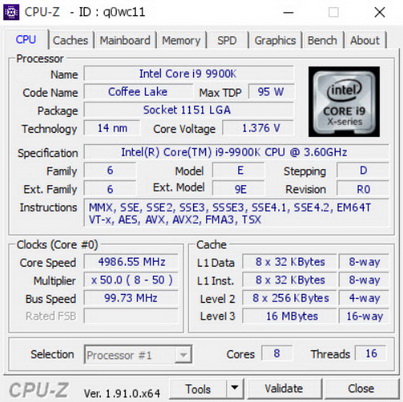

Exactly like used to do in the past each mainboard to arrive in the lab will get mounted on an open-air test bench and will be used for no less than two full weeks (daily tasks and gaming) with a fresh Windows 10 Pro installation. Since our very first mainboard samples are from the Intel Z390 family we'll be testing all of them with an Intel Core I9-9900K CPU together with 16GB (2x8GB) of GSKill's Trident Z Royal 4GHZ CL17 modules (likewise models from other chipset families will be tested with the same hardware components - will update this section when that happens). Unlike in the past however this time over every Z390 mainboard will be tested with the same exact settings so we'll be overclocking the CPU frequency of our Intel Core I9-9900K to 5000MHZ (CPU ratio set to 50 - of course voltages may vary slightly from motherboard to motherboard) and its Ring/NB frequency to 4700MHZ (Ring/NB ratio set to 47).
I did think about pushing each mainboard to the max to see which is the better overclocker but 5GHZ 24/7 is more than plenty for this type of CPU (also temperatures-wise). Instead i decided that it'd be far more interesting (not to mention accurate) to see which mainboard is the fastest when using the same exact hardware components/configuration (CPU/RAM/COOLER/SSD) with the same exact overclocking frequencies. To figure that out we'll be using several benchmarking programs (6 repeats after which the average numbers will get recorded into our charts) like AIDA64, CINEBENCH R20, CPUZ, Passmark Performance Test, RealBench and the Sisoftware Sandra Titanium 2020 version (to cover all of you out there when we finalize which graphics card, we'll be using for our tests we'll also include some game benchmarks).
PS: To “spice” things up a bit I’ve included benchmarks of the other two test rigs we have here (it’s always good to have something to compare the performance of any mainboard/system to).
TEST RESULTS - AIDA64 / CINEBENCH R20
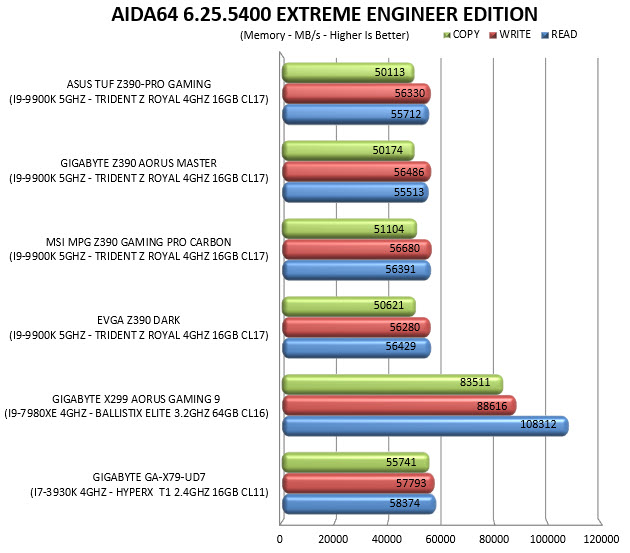

TEST RESULTS - CPUZ / PASSMARK PERFORMANCE TEST


TEST RESULTS - REALBENCH / SISOFTWARE SANDRA TITANIUM 2020



CONCLUSION
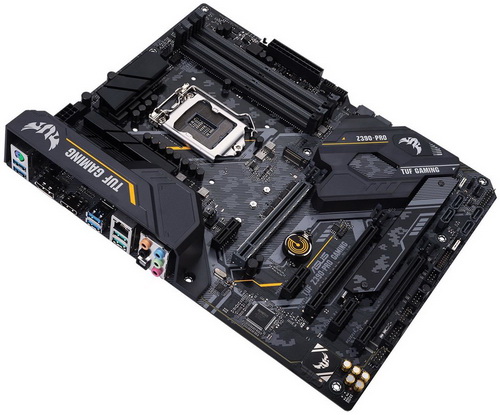
Even though the TUF Z390-Pro Gaming motherboard by ASUS is one of their budget models it is based on the very good Intel Z390 chipset which is the best one can get for an LGA 1151 CPU (something which will probably never change since the Z490 chipset with the LGA 1200 CPUs is just days away). Granted its 10-phase digital design may not be the best for overclocking but we did hit 5GHz on the I9-9900K effortlessly and we also had no problem with the Trident Z Royal 4GHZ RAM by G. SKILL. On top of that the TUF theme looks very nice (however I am a black/red theme person myself) and the three heatsinks used do a somewhat good job in cooling the VRM’s and the Z390 chipset (although not quite as good as the other Z390 mainboards we’ve tested to date). As with other models the Intel I219V Gigabit LAN controller works as expected and the same goes for the Realtek S1200A audio card which although far from impressive (and inferior to what we've seen used so far with other Z390 solutions) should cover the needs of most gamers out there (especially the ones on a budget). Unfortunately, there are still some issues with the Aura Sync software by ASUS (v1.07.79 used for this review) since it just wouldn’t detect the mainboard (just the RAM and their ROG Ultra Wide monitor I’m currently testing). I did try several workarounds (including some I found online) without luck so ASUS really needs to pay more attention to their software (not detecting the Trident Z Royal RAM would make a lot more sense to me than not detecting their own motherboard).
After over 18 months in the market the price of the TUF Z390-Pro motherboard by ASUS has dropped to very tempting USD169.95 inside the USA (Amazon.com) and 182.99Euros inside the EU (Amazon.de) a price tag which reflects the entry/mid-level status of this particular model and makes it extremely appealing to gamers. Bottom line if you’re planning on building an LGA 1151 based system and are looking for a budget-friendly yet feature-rich and high-performance mainboard the TUF Z390-Pro Gaming by ASUS is certainly worth your attention.
PROS
- Overall Build Quality
- OC Potential (10 Phase Design)
- RGB Features (Aura Sync)
- Single Reinforced PCIe 3.0 x16 Slot
- M.2 Heatsink
- Price (For Some)
CONS
- VRM & Z390 Chipset Heatsinks Not Linked (Cooling Efficiency)
- Aura Sync Software Issues
- No Mainboard Switches & Displays
- Realtek S1200A Performance

 O-Sense
O-Sense






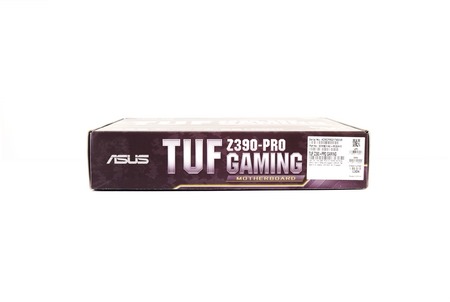
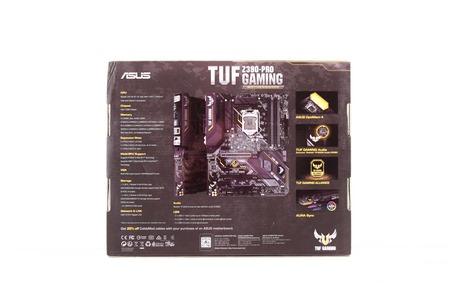
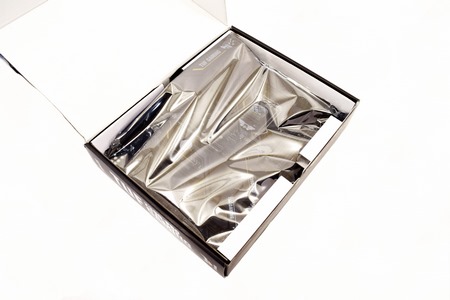





















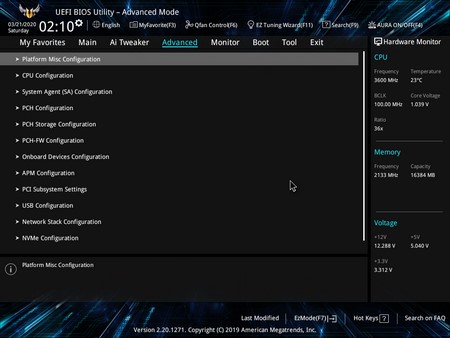











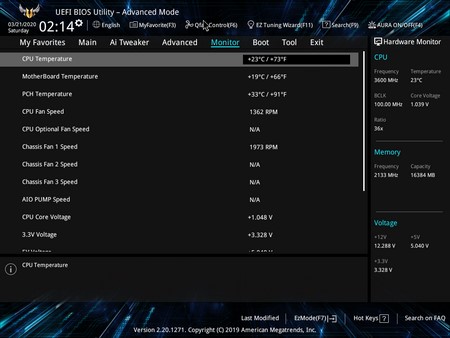




.png)

